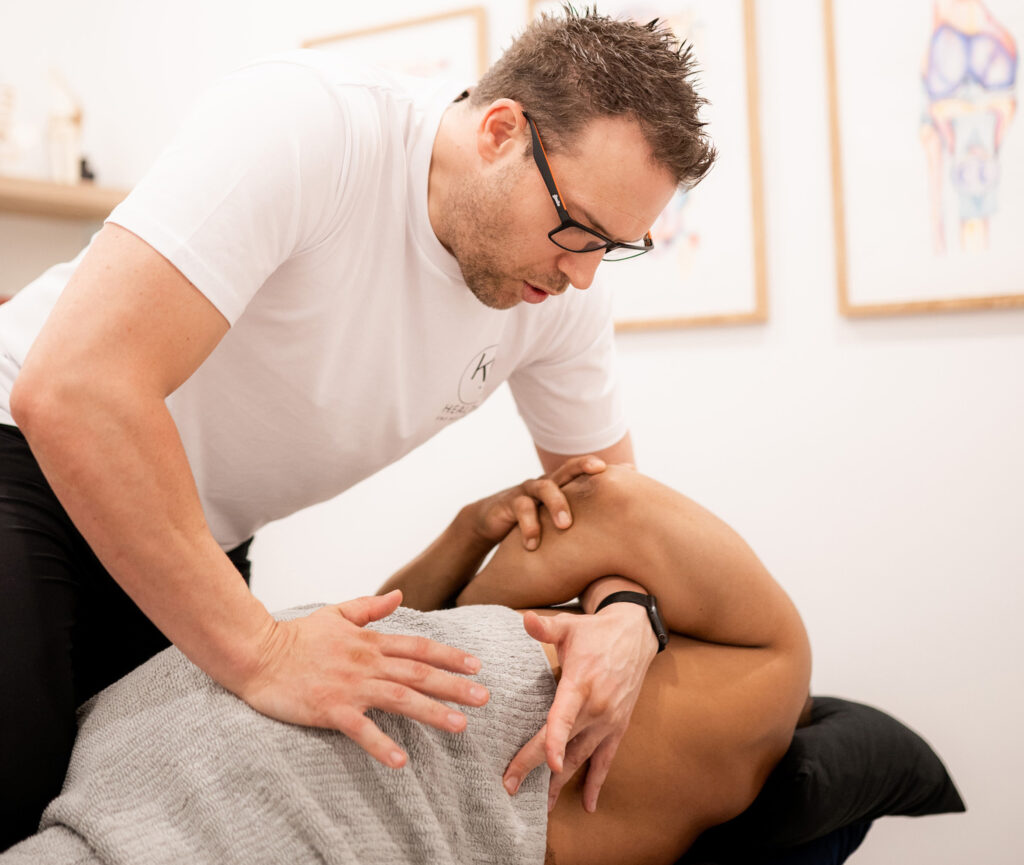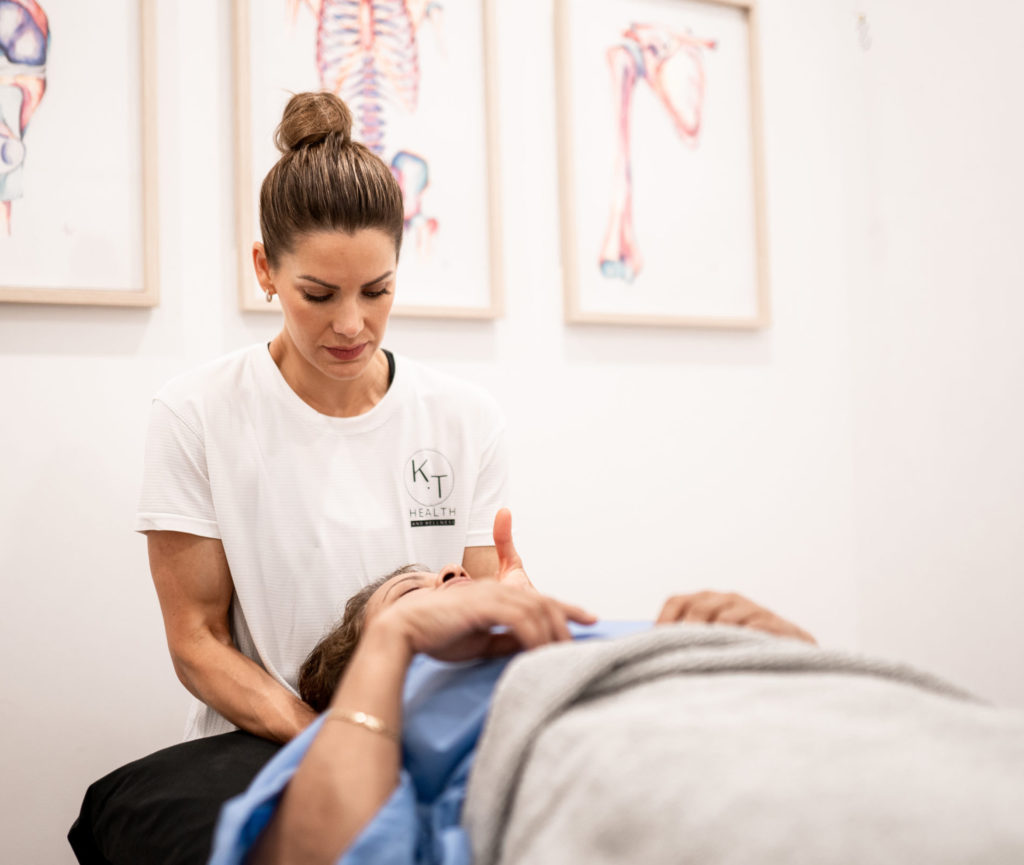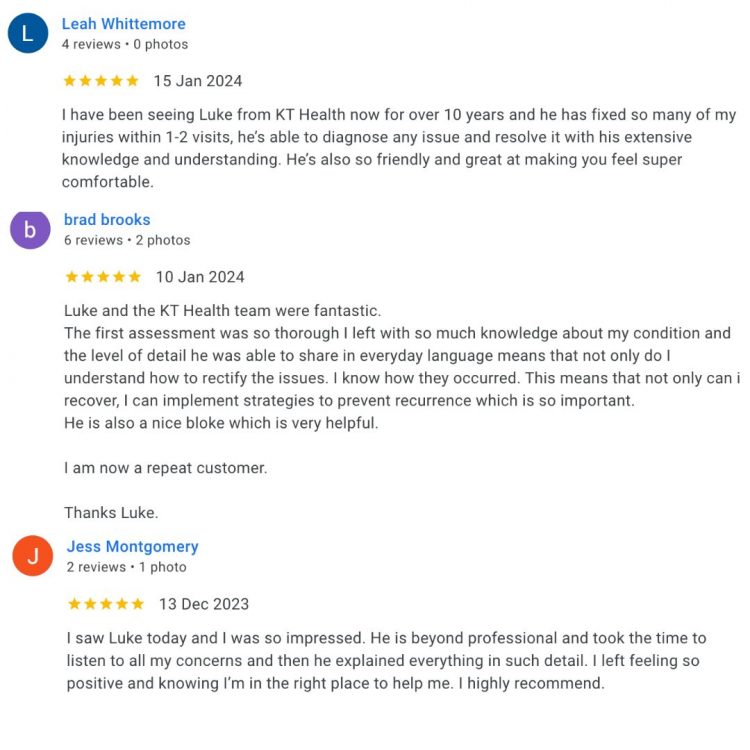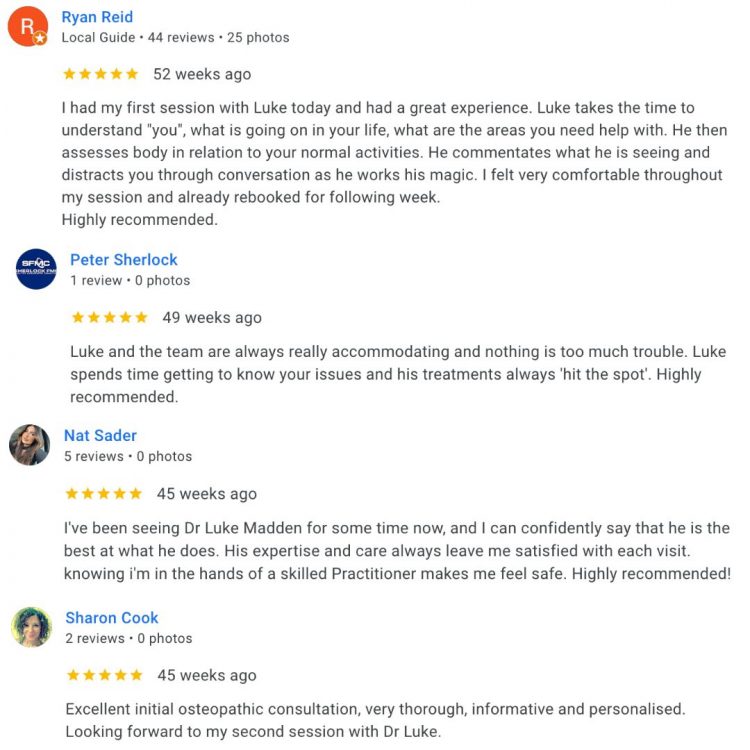Everything You Need to Know About Hamstring Origin Tendonitis
What is Hamstring Origin Tendonitis?
Hamstring origin tendonitis is when the tendon that connects the hamstring muscle to the sitting bone (ischial tuberosity) becomes inflamed or irritated. It’s a common overuse injury, especially in runners, athletes, and people who do a lot of squatting, lunging, or sitting for long periods. It often causes deep buttock pain, especially during or after activity.
An analogy…
Think of a tendon like a rope connecting a muscle to a bone. If that rope gets tugged on too much, especially at the anchor point, it starts to fray and become sore. That’s exactly what happens in tendonitis.
What are other names that hamstring origin tendonitis can be called?
Hamstring Tendonitis, Hamstring Tendinopathy, Hamstring Tendinitis, Hamstring Origin Tendonitis
What causes hamstring origin tendonitis?
The hamstrings are a group of muscles at the back of your thigh that attach to the ischial tuberosity, the bone you sit on. Repetitive strain or overload, especially from hip flexion combined with knee extension (like running, lunging, or deadlifting), can cause micro-tears and inflammation in the tendon at its origin. This leads to pain, stiffness, and reduced function.
What are the signs and symptoms of hamstring origin tendonitis?
- Deep, aching pain in the lower buttock, near the sit bone
- Pain that worsens with running, squatting, lunging, or prolonged sitting
- Tenderness when pressing on the hamstring attachment point
- Stiffness or pain first thing in the morning or after rest
- Pain may refer down the back of the thigh, but usually not below the knee
- Discomfort when stretching the hamstring or leaning forward with a straight leg
What tests are used to diagnose on hamstring origin tendonitis?
Palpation: Pressing on the ischial tuberosity reproduces pain
Active and passive stretch tests: Pain with straight leg raise or hip flexion
How long does hamstring origin tendonitis take to heal?
Mild to moderate cases often improve in 6 to 8 weeks with load management and rehab. More chronic or recurring cases may take 3 to 6 months to fully resolve.
How does hamstring origin tendonitis happen?
- Repetitive running, sprinting, or kicking
- Sudden increase in training intensity or volume
- Poor glute or core strength, placing more stress on the hamstrings
- Tight hamstrings or hip flexors altering movement patterns
- Prolonged sitting or poor posture
- Incorrect form during deadlifts, lunges, or squats
What treatment can help hamstring origin tendonitis?
- Relative rest from aggravating activities
- Manual therapy (massage, dry needling, soft tissue release)
- Progressive loading exercises
- Postural retraining and movement correction
- Shockwave therapy
What exercises or stretches can I do for hamstring origin tendonitis?
- Isometric hamstring holds
- Hamstring sliders and bridges
- Nordic curls
- Hip and core strengthening
- Hamstring stretches
What products can help with hamstring origin tendonitis?
STOP GUESSING – START MOVING
See what other people have said about our osteopaths
Trustindex verifies that the original source of the review is Google. KT health has really helped my back and i have been able to get back into competitive sportTrustindex verifies that the original source of the review is Google. Absolutely amazing, I see Louie Nouh who always listens and caters to my needs. He is amazing at his job and always helps alleviate my pain. I highly recommend Louie.Trustindex verifies that the original source of the review is Google. Friendly, supportive staff. Such a lovely place to exercise! Highly recommend.Trustindex verifies that the original source of the review is Google. Amazing instructor, I am new to Pilates felt very comfortable & supported.Trustindex verifies that the original source of the review is Google. I have been suffering from shoulder and neck pain for months - I saw Dr Louie Nouh a couple of time. His treatment really relived the pain. I have full range of movement now. His knowledge on exercise is fantastic.Trustindex verifies that the original source of the review is Google. Absolutely love reformer at menai. Instructors are amazing. Love Michaela and love the small classes. Highly recommend!Trustindex verifies that the original source of the review is Google. The trainers are all amazing , they explain everthing step by step and help where needed . It is an amazing place to relax get to know other people have a laugh . I recommend for anyone .Trustindex verifies that the original source of the review is Google. Ever since I came here I’ve been looked after by Louie and my shoulder is already feeling much better. Highly Recommend these are good people.Trustindex verifies that the original source of the review is Google. SENSATIONAL Chiropractor in Menai! I attended my first appointment with Dr Louis Nouh at KT Health & Wellness who is an absolute genius even after one session with him. He explained everything he intended to address about my lower back condition, all in easy to understand, layman’s terms. He said he would call me the next day to follow and see how I was feeling after our session and guess what, he did! During our session, he made me feel relaxed and comfortable especially as it was my first chiropractic appointment EVER! For some reason, I am actually looking forward to my subsequent sessions with him next week. Don’t get me wrong, he did poke, prod and crack me as necessary but the results made it seem worth it.Trustindex verifies that the original source of the review is Google. I have been seeing Melinda now for a couple of months to help with bursitis in my hip. She is one of the best practitioners I’ve ever seen.. With the use of various tools and techniques she has helped me recover much quicker than I expected. Thanks Mel and see you tomorrow!
We don't offer magic fixes or cures, but a sustainable approach to back pain.
Our Osteopaths will offer you a road map to help you take control of your back pain and feel great again.
BOOK YOUR OSTEOPATH VISIT TODAY
Book a Time with Dr Luke Madden Below
Book a Time with Dr Melinda Madden Below
Already have an account?
Book as a guest
- Book an Appointment






